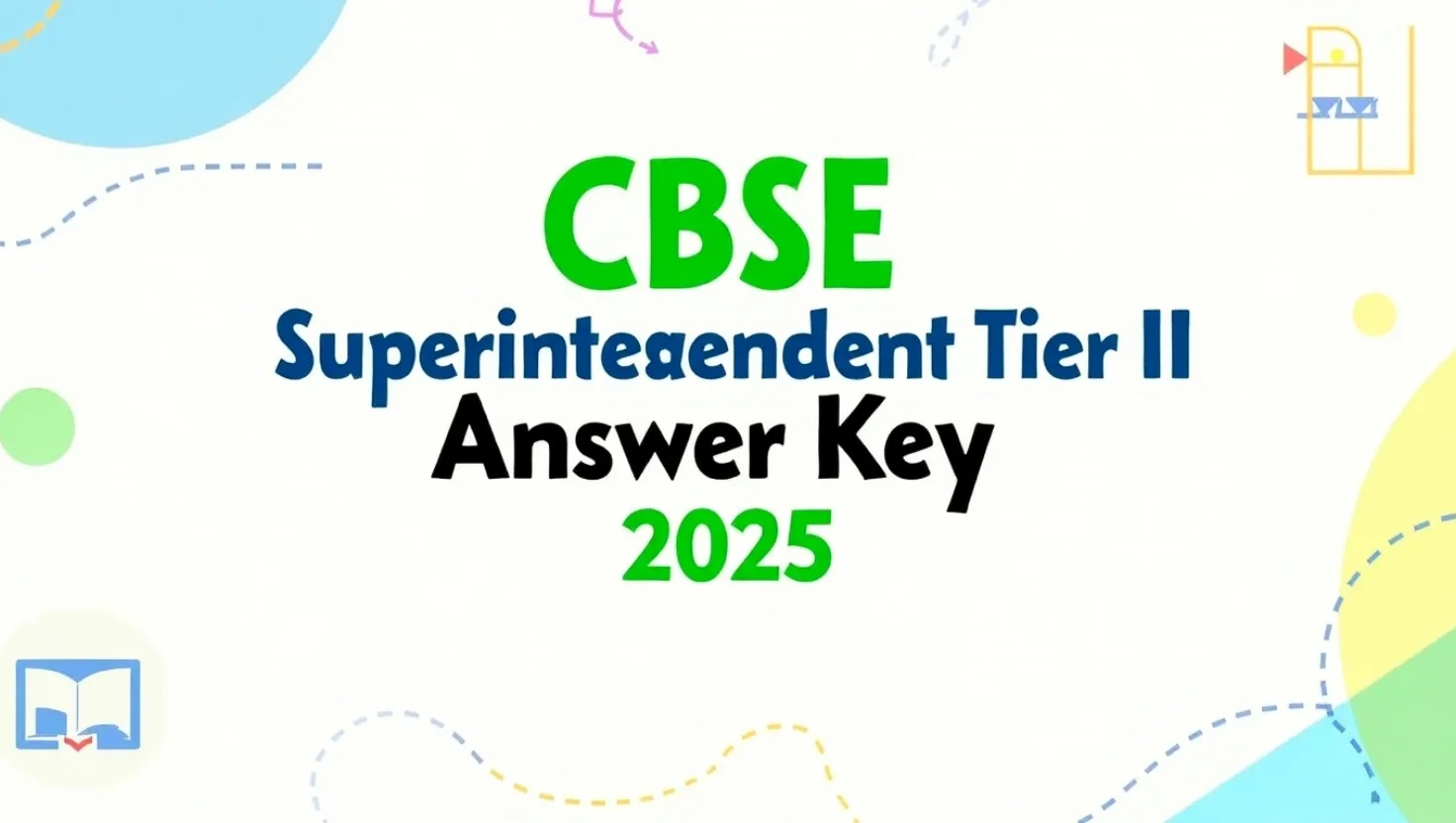The WBJEE 2014 Chemistry question paper is a useful resource for aspirants preparing for the West Bengal Joint Entrance Examination. It helps students get a clear idea of the pattern, types of questions, and difficulty level of the exam. Especially in subjects like Chemistry, which require speed, accuracy, and conceptual clarity, solving previous year papers can make a real difference in performance. This PDF contains the complete 2014 Chemistry section with all original questions asked in that year’s paper.
I am writing about the WBJEE 2014 Chemistry question paper because I believe that solving actual exam papers is one of the smartest strategies for any serious aspirant. Back when I was preparing, I realised mock tests are good, but nothing compares to real past papers. They show exactly what examiners expect, which chapters are important, and how tricky or straightforward the questions can be. Students often waste time searching for reliable PDFs, so this article brings you the exact document you need to boost your practice. Whether you’re preparing for the upcoming WBJEE or just want to test your chemistry basics, this paper will give you the right push.
WBJEE 2014 Chemistry Paper Pattern and Highlights
Here’s a quick overview of the Chemistry section pattern in the 2014 WBJEE exam:
- Total Marks for Chemistry: 50
- Question Type: Multiple Choice Questions (MCQs)
- Total Questions: 40
- Category I: 30 questions (1 mark each)
- Category II: 5 questions (2 marks each)
- Category III: 5 questions (2 marks each, multiple correct answers)
- Negative Marking:
- Category I: -0.25 mark for each wrong answer
- Category II & III: -0.5 mark for each incorrect response
This paper followed the usual WBJEE structure, with a focus on application-based questions and conceptual clarity. It covered a mix of Physical Chemistry, Organic Chemistry, and Inorganic Chemistry from both Class XI and XII syllabi.
Key Topics Covered in the 2014 Chemistry Paper
The 2014 paper was well-balanced, with questions spread across various chapters. Here’s a breakdown of the major topics:
- Physical Chemistry
- Thermodynamics
- Chemical Equilibrium
- Ionic Equilibrium
- Solid State
- Electrochemistry
- Organic Chemistry
- Alcohols, Phenols, and Ethers
- Aldehydes and Ketones
- Hydrocarbons
- Basic concepts of organic reactions and mechanisms
- Inorganic Chemistry
- p-block elements
- Coordination compounds
- Periodic properties
The questions tested more than just memory — they checked understanding, especially in numericals and reaction-based problems.
Benefits of Solving WBJEE 2014 Chemistry Paper
- Understand how questions are framed in real exams
- Get familiar with common concepts that are repeatedly asked
- Improve time management by practising with a stopwatch
- Boost accuracy through practice and self-assessment
- Build confidence by solving actual exam-level papers
If you are targeting 2025 or beyond, solving these papers regularly will not just help you revise but also reveal your weak areas clearly.
Download PDF – WBJEE 2014 Chemistry Question Paper
Download Link: [Click here to download the PDF] (Insert actual link)
Includes:
- All original questions from the Chemistry section
- Proper question format as per 2014 WBJEE standard
- Free to download and print
- Suitable for self-practice, group discussions, and mock tests
Final Words
WBJEE is a highly competitive exam, and every single mark matters. The Chemistry section is often the most scoring one if approached smartly. Previous year papers like the WBJEE 2014 Chemistry set are a goldmine for smart preparation. They give you an inside view of what the paper will be like and help you adjust your revision strategy accordingly. I always recommend aspirants to solve at least five years’ worth of past papers before the exam. Start with this one — the 2014 paper — and build from there. Happy studying and good luck!



















